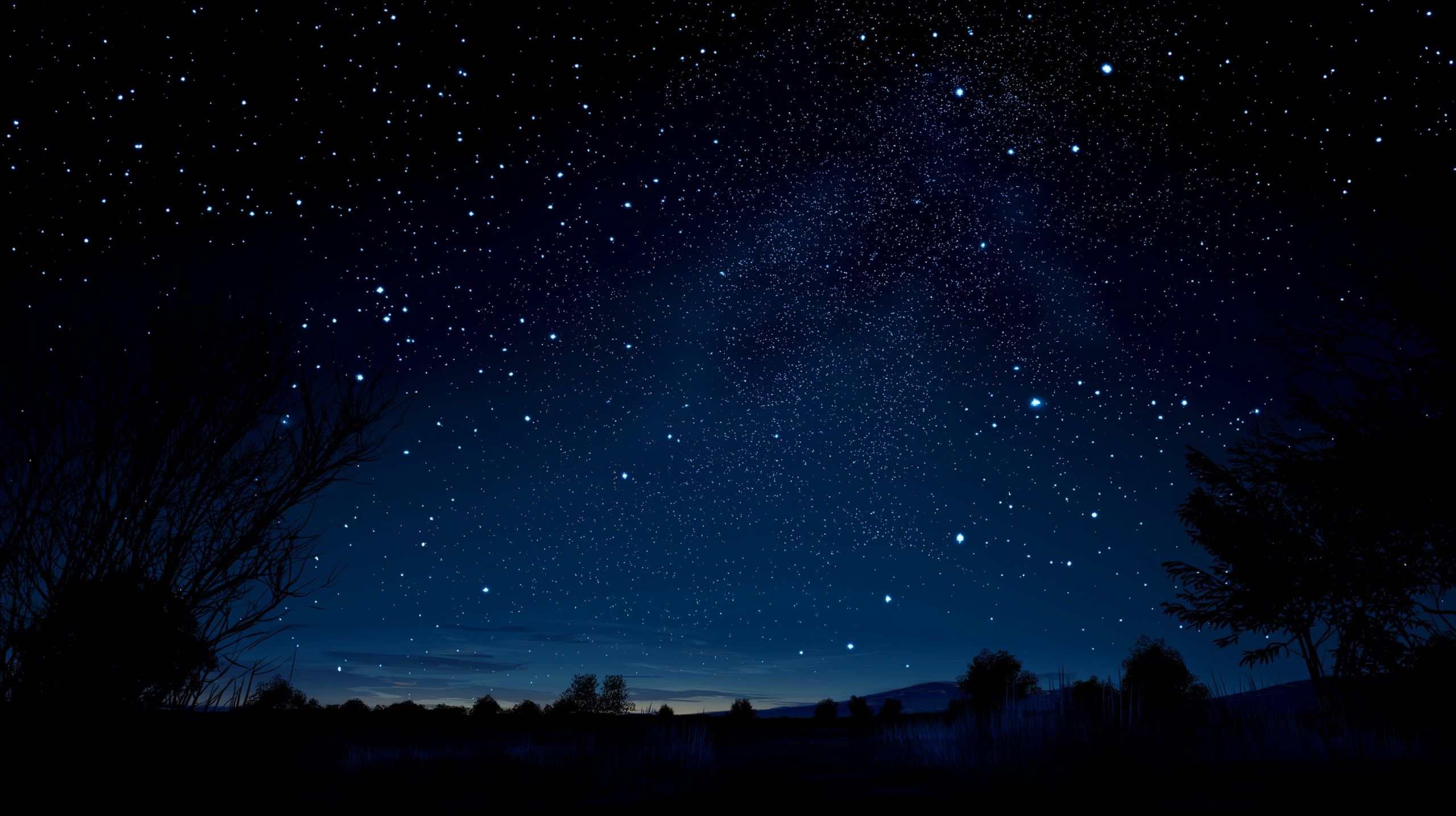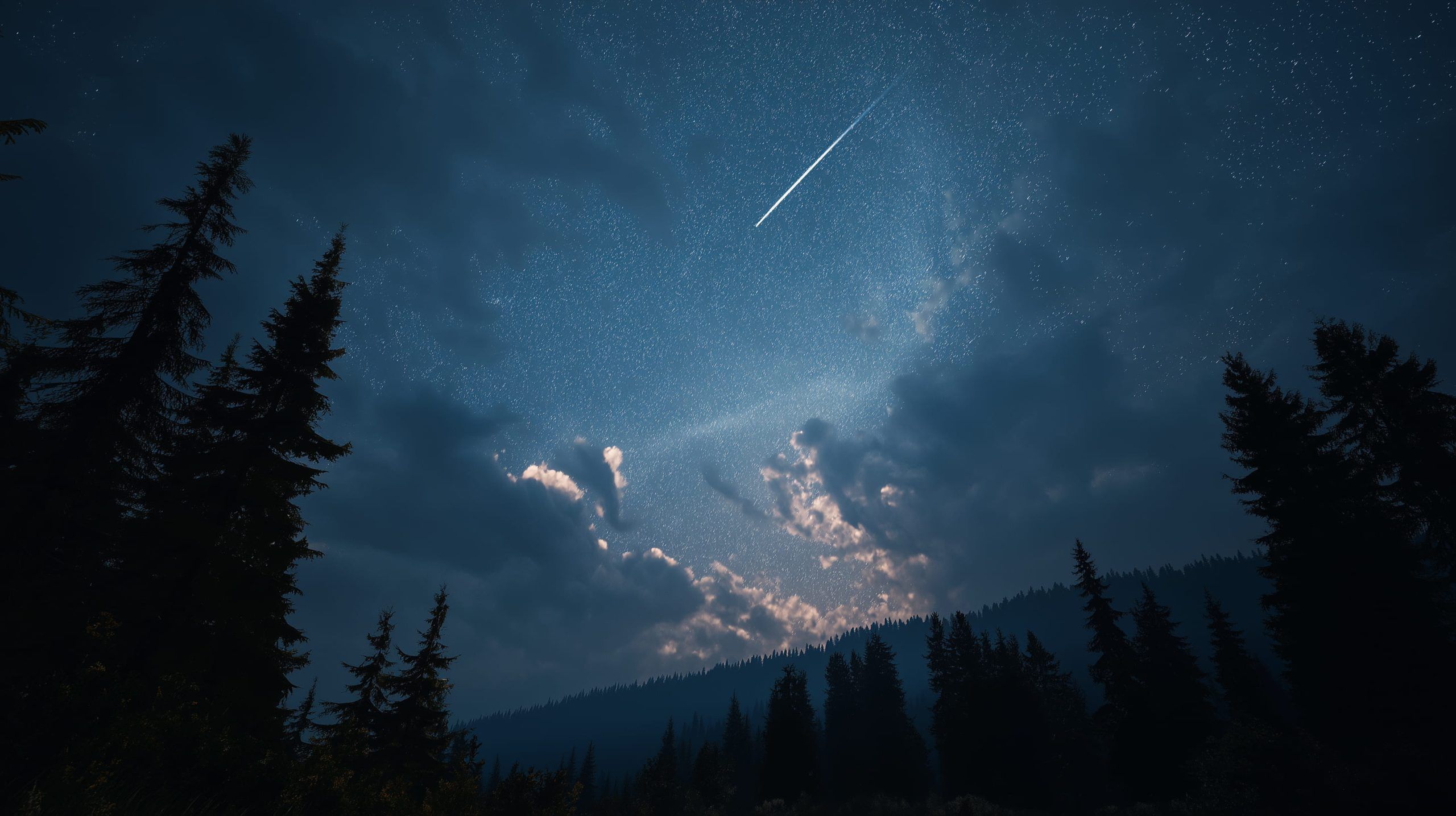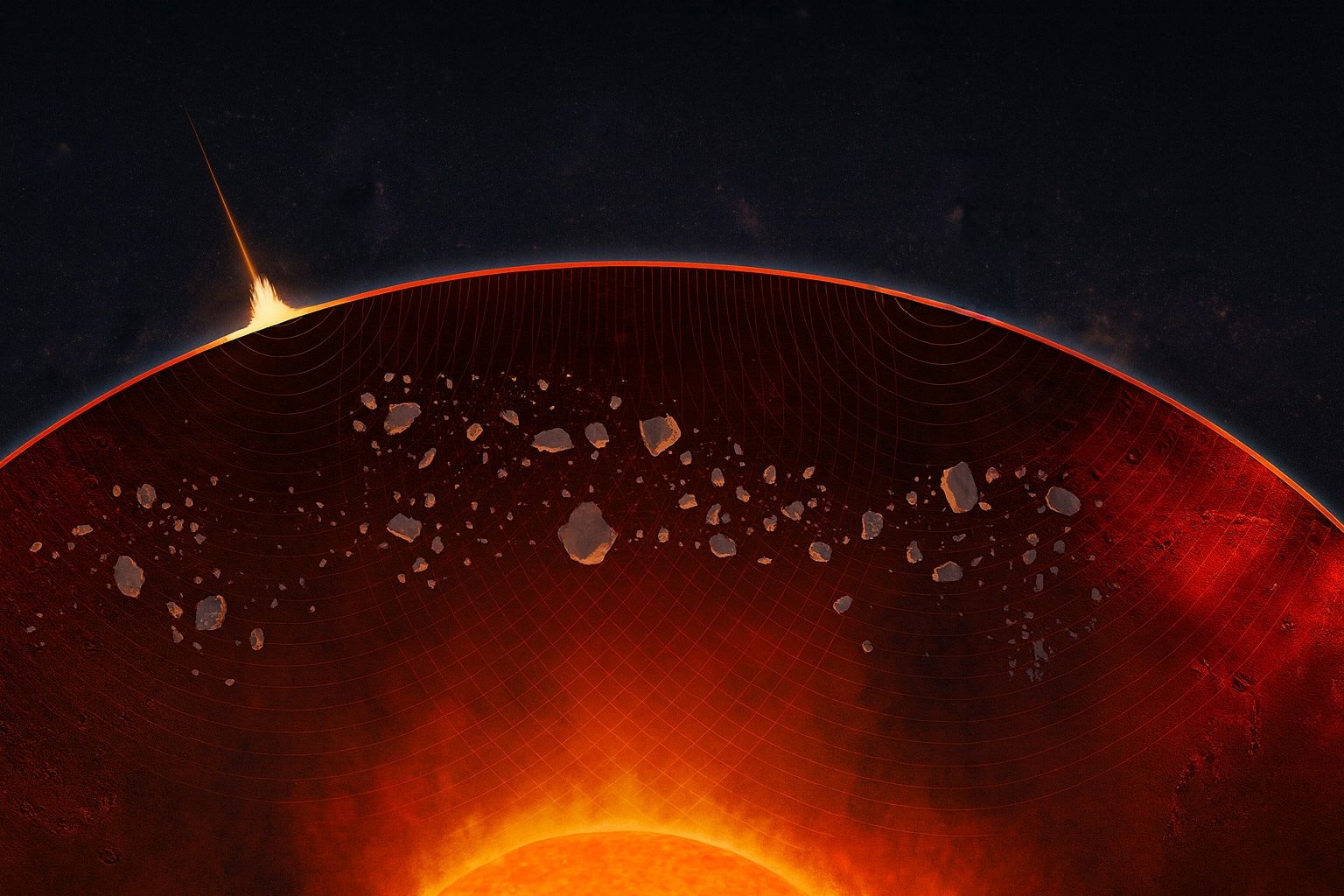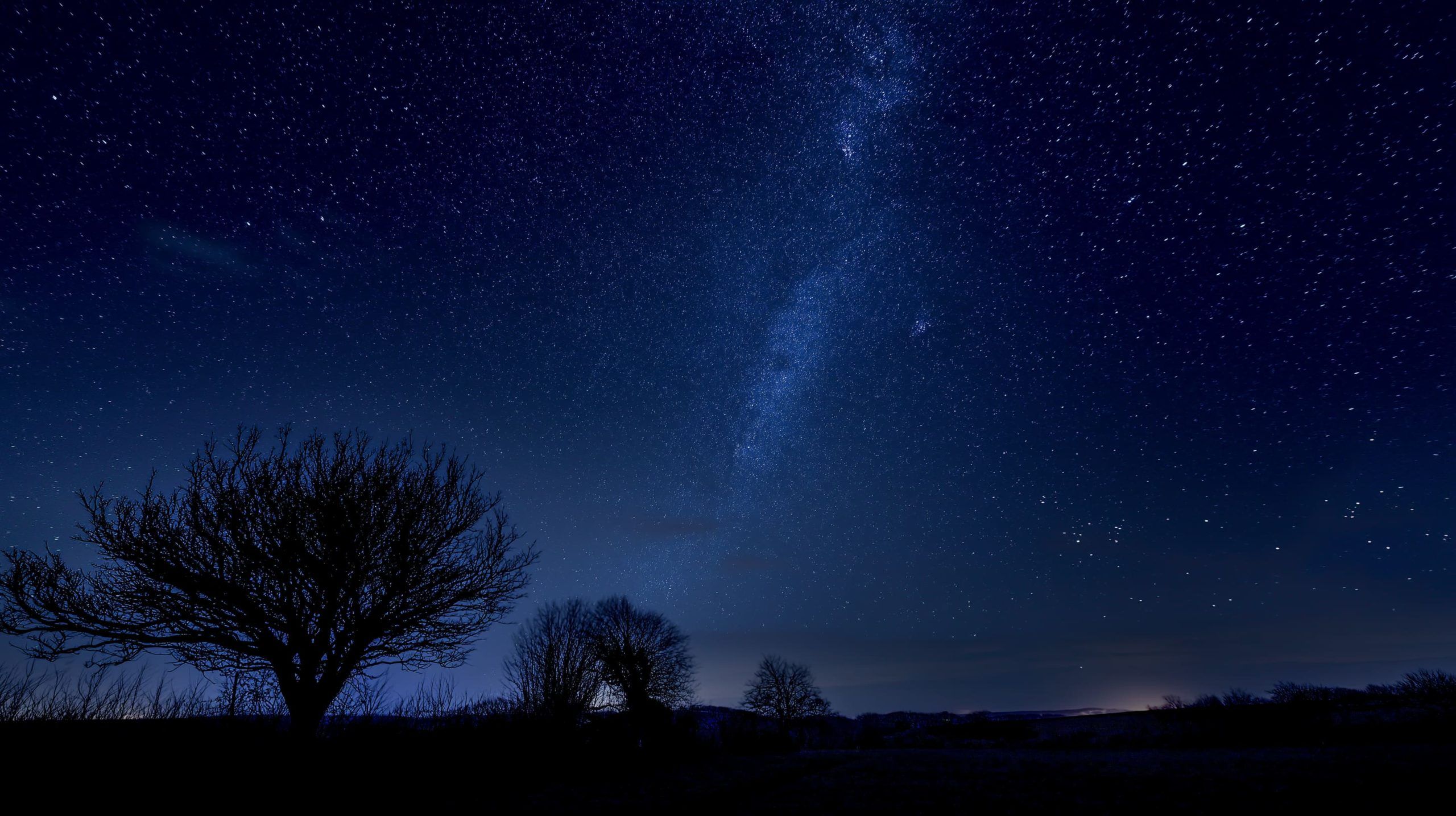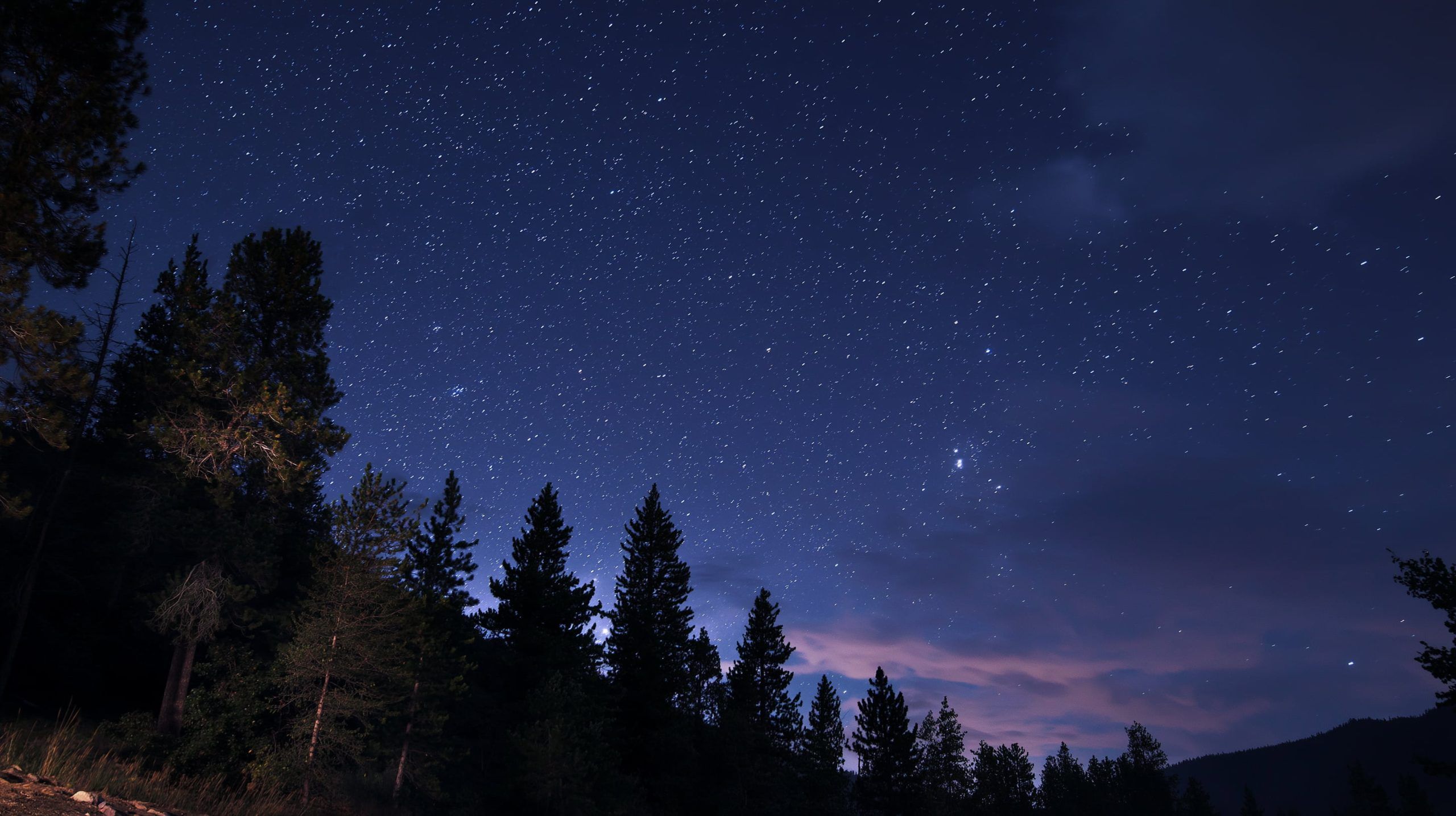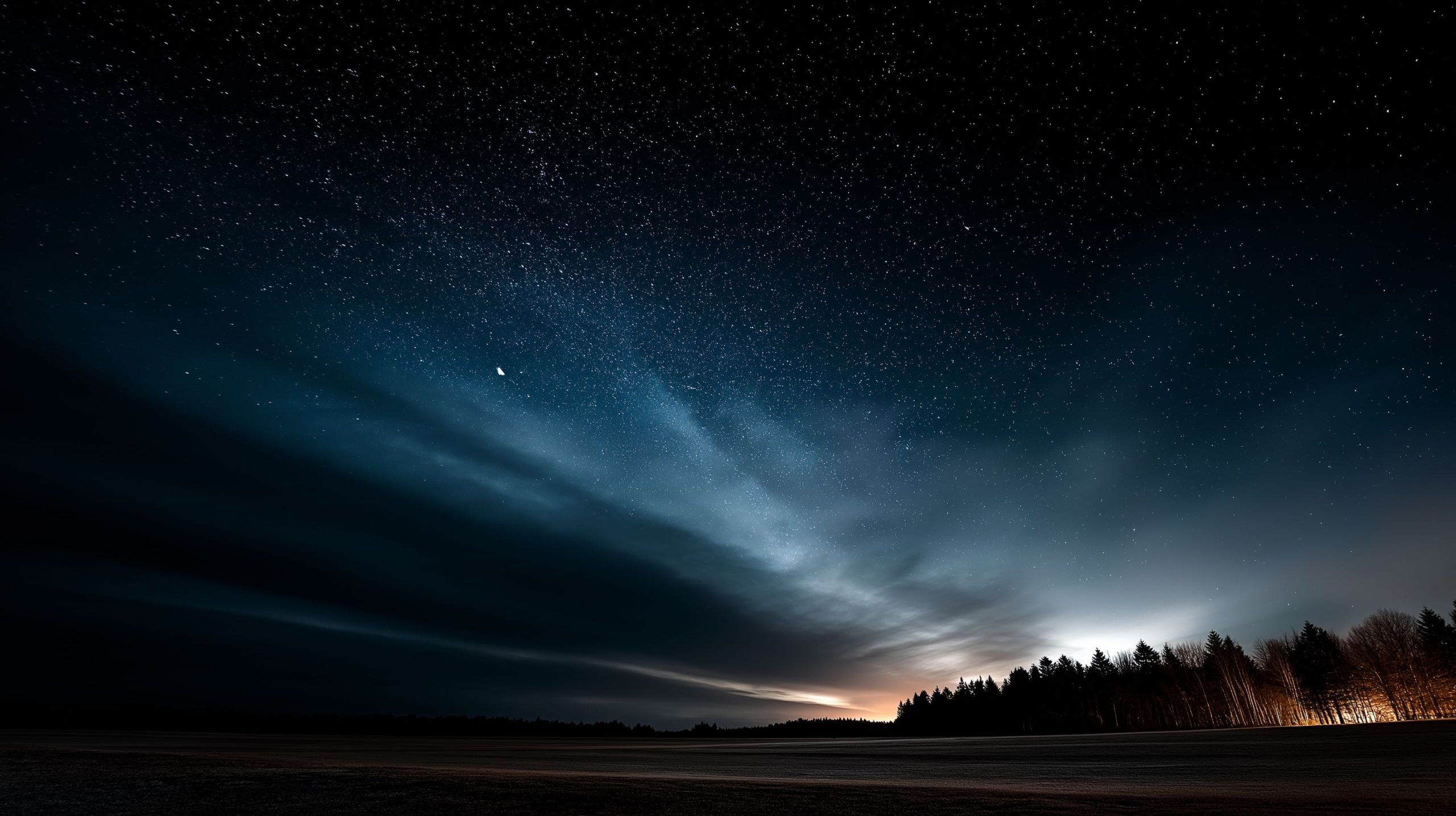
Sky Spectacles of September 2025: Blood Moon Eclipse, Double Eclipses & Planetary Pairings
Eclipses of September 2025: A Blood Moon and a Crescent Sun Total Lunar Eclipse & “Corn Moon” (Sept 7): On the night of September 7, Earth’s shadow will completely engulf the full Moon, causing a total lunar eclipse that lasts

